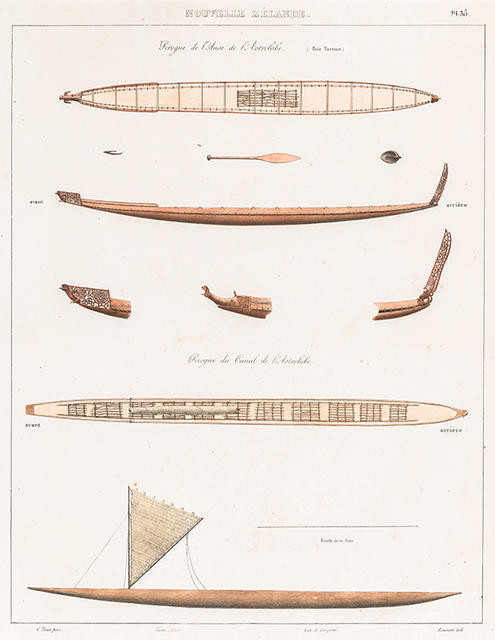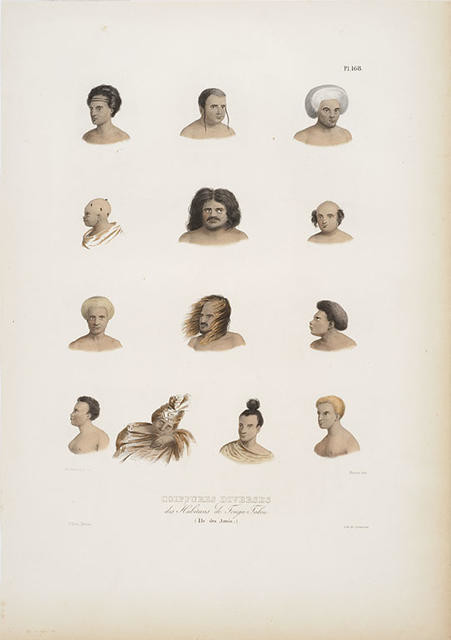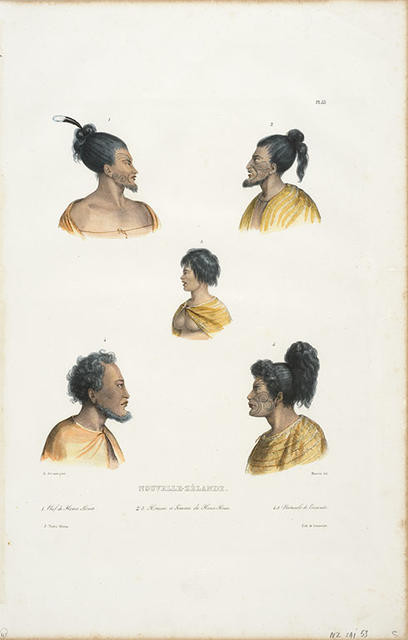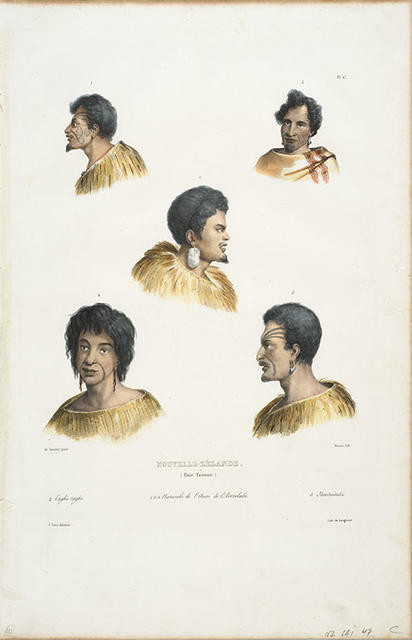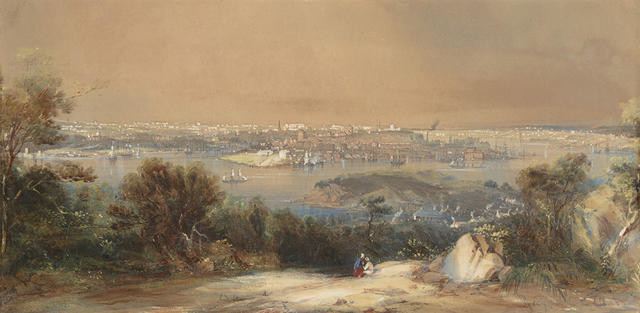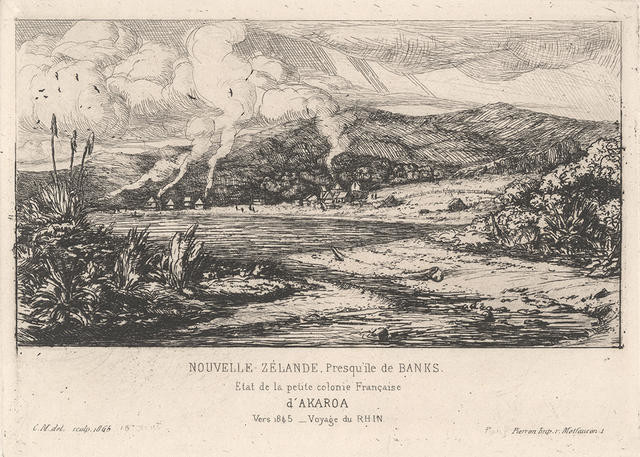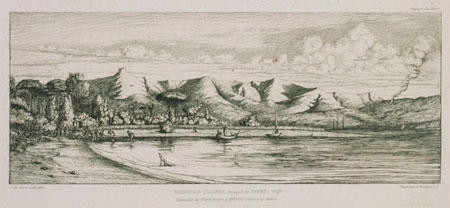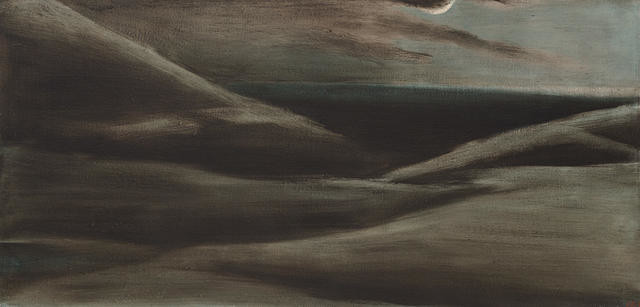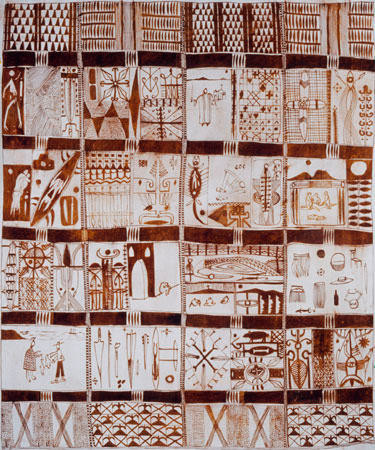Fiona Pardington
Aotearoa New Zealand, b.1961
Kāi Tahu,
Kāti Māmoe,
Ngāti Kahungunu,
Māori,
Clan Cameron,
Scottish
Portrait of a life-cast of ‘Pouka-lem’, Aotearoa New Zealand
- 2010
- Pigment inks on Hahnemuhle Photo Rag
- Collection of Christchurch Art Gallery Te Puna o Waiwhetū, purchased 2010
- 1770 x 1400mm
- 2010/043
Tags: koru (pattern), life masks, Māori (culture or style), men (male humans), moko, people (agents), portraits, spirals (geometric figures), tattoos
Labelled ‘Poukalem’, and believed to depict the leading Ngāi Tahu chief Piuraki, also known as John Love Tikao, this powerful life-cast plaster likeness was made by the Parisian phrenologist Pierre-Marie Alexandre Dumoutier at Ōtākou (Otago) in late March 1840.
The casting occurred two months before Piuraki became a signatory to the Treaty of Waitangi at Ōnuku near Akaroa on 30 May 1840. Piuraki was fluent in French and English, having lived for two years in Bordeaux, France, then for five years in London. This followed a period working with a whaling crew, where he took the name John Love. This in turn came after his release from imprisonment on Kapiti Island (near Wellington), having been captured during Te Rauparaha’s 1831 raid on Kaiapoi pā (fortified village) in North Canterbury.
Piuraki became an important advocate for Ngāi Tahu in highlighting to ensuing colonial governments the enforced land sales and broken promises that left his people effectively landless. (Kā Honoka, 18 December 2015 – 28 August 2016)
Exhibition History
French explorer Dumont d’Urville (1790-1842) visited New Zealand in 1824, 1827 and 1840; an early purpose was to determine its suitability as a penal colony. Although such ideas ended in 1840 with the signing of a Treaty between Māori and the British Crown, d’Urville’s last Pacific tour achieved other aims. This included returning to France with 51 plaster life-casts made by onboard phrenologist Pierre-Marie Alexandre Dumoutier of people they had encountered, in locations including Tasmania, Solomon Islands, Timor, Papua New Guinea, Samoa and New Zealand.
The photographic medium has allowed these singular likenesses to be respectfully reclaimed – extracted from the storerooms of the Musée de l’Homme in Paris.
This photograph is of a life-cast of the leading Ngāi Tahu chief Piuraki Tikao (John Love). Piuraki is understood to have met French explorer Dumont d’Urville in Ōtākou (Otago), just a few weeks before signing the Treaty of Waitangi at Ōnuku, near Akaroa, on 30 May 1840. (His signature and that of fellow Horomaka (Banks Peninsula) chief Iwikau may be seen in Max Hailstone’s 1990 Treaty Signatures South Island Sheet.) By this time Piuraki was fluent in French and English, having lived for two years in Bordeaux, France, then for five years in London. This followed a period with a whaling crew (where he took the name John Love) after release from imprisonment on Kapiti Island (near Wellington), following his capture during Te Rauparaha’s 1831 raid on Kaiapoi pā.
By highlighting the broken promises and enforced land sales that left his people effectively landless, Piuraki Tikao became a well-known ‘irritant’ to later colonial governments.

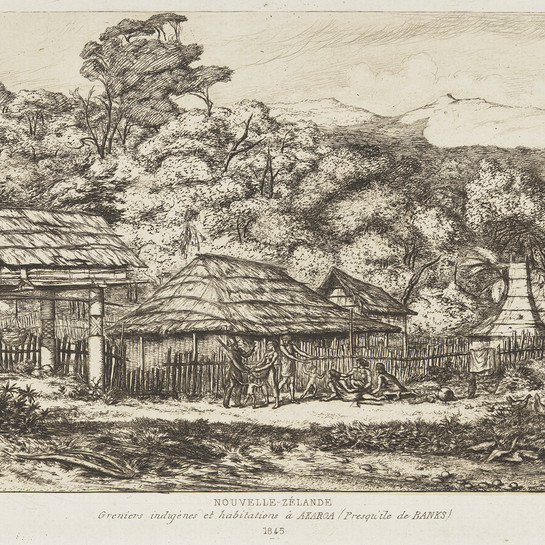
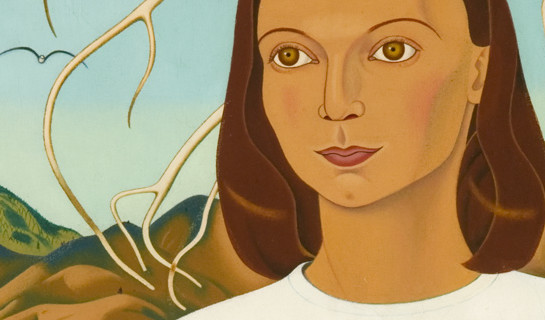
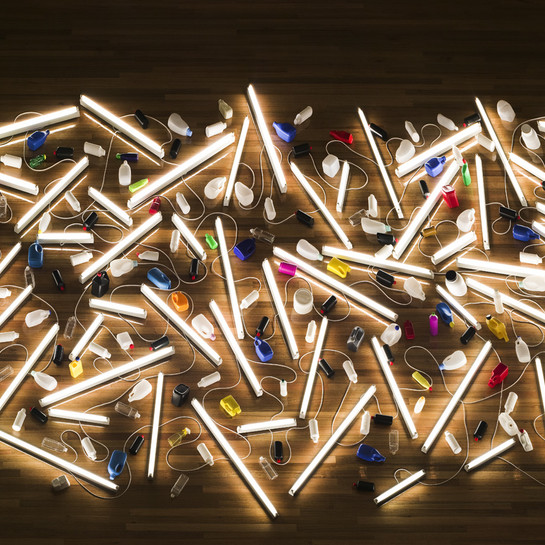
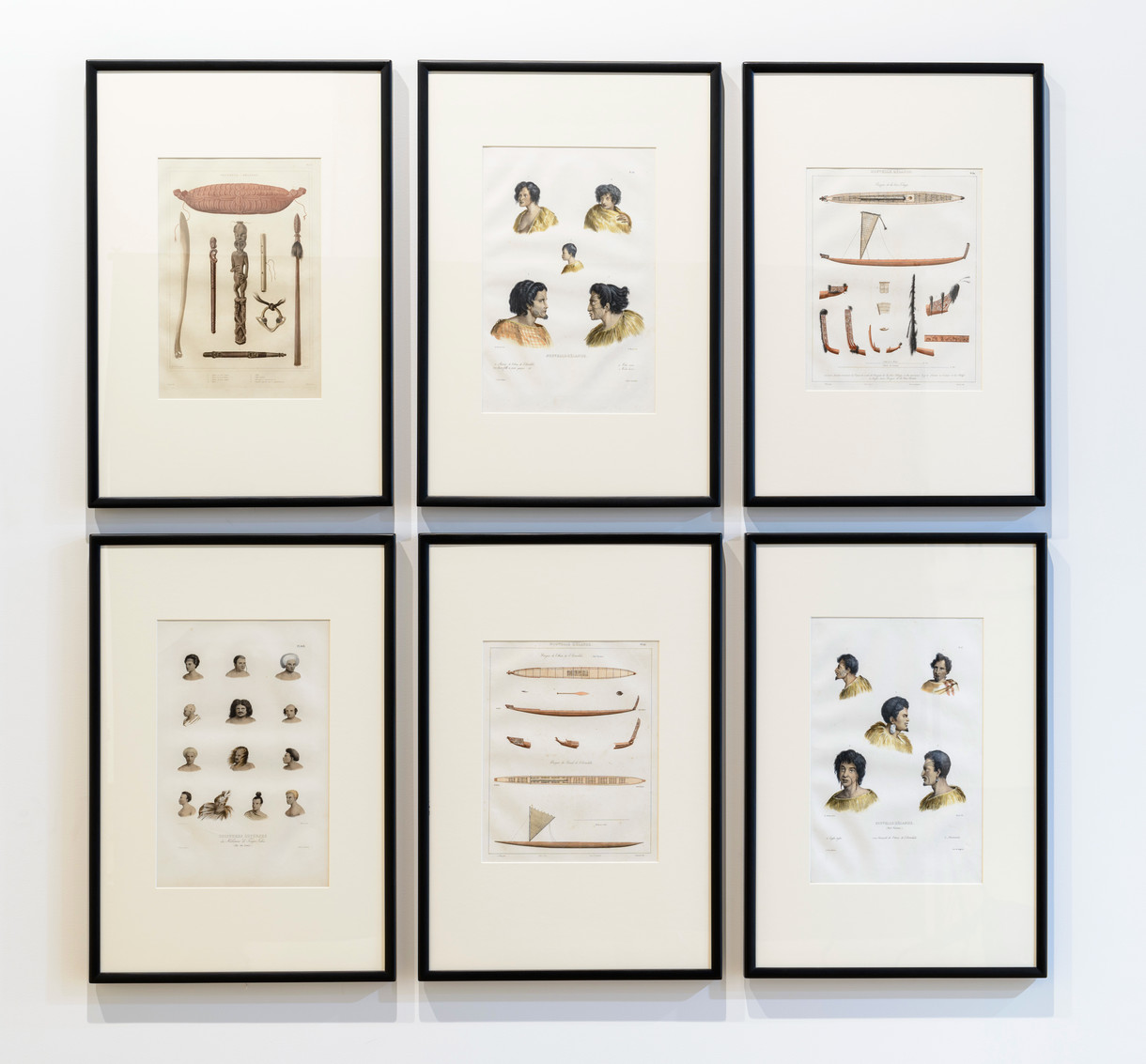
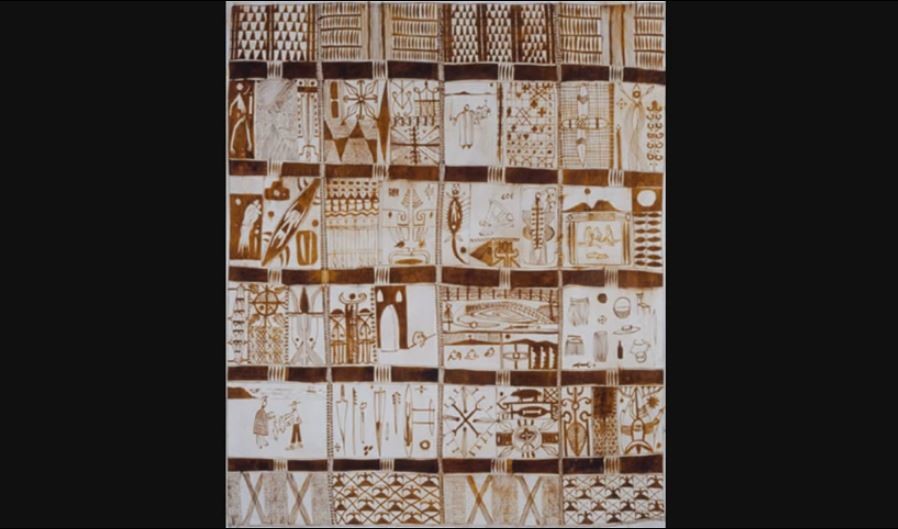
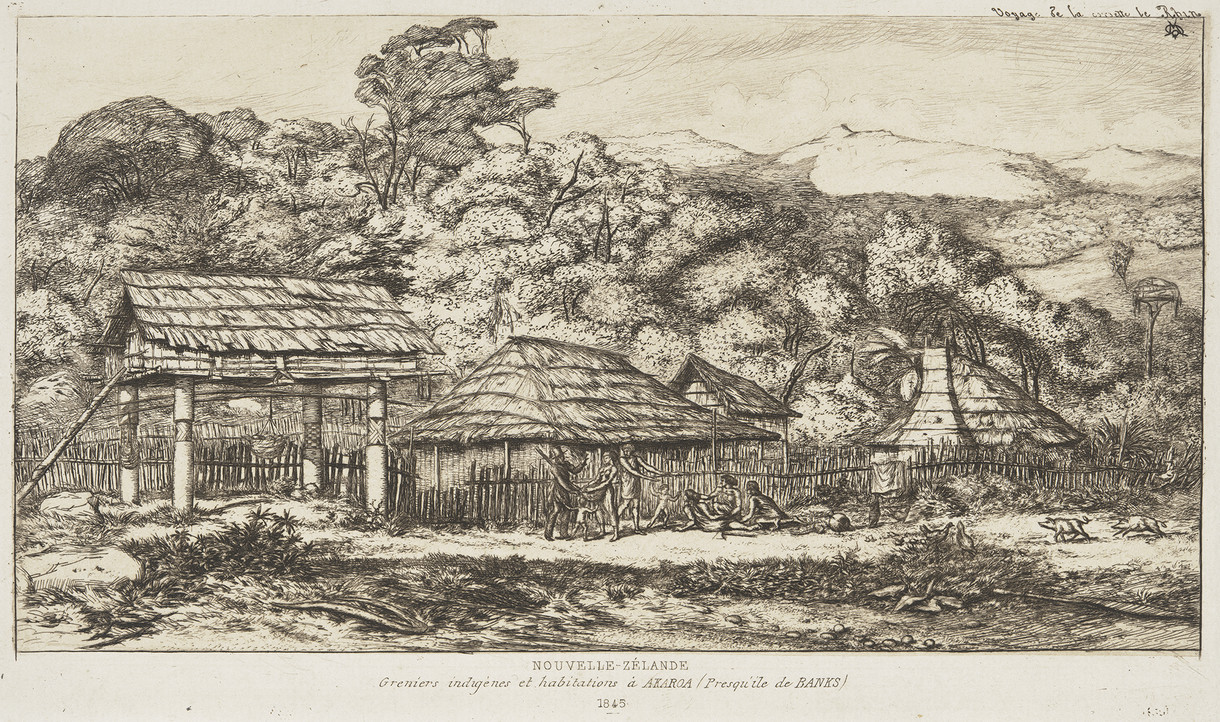
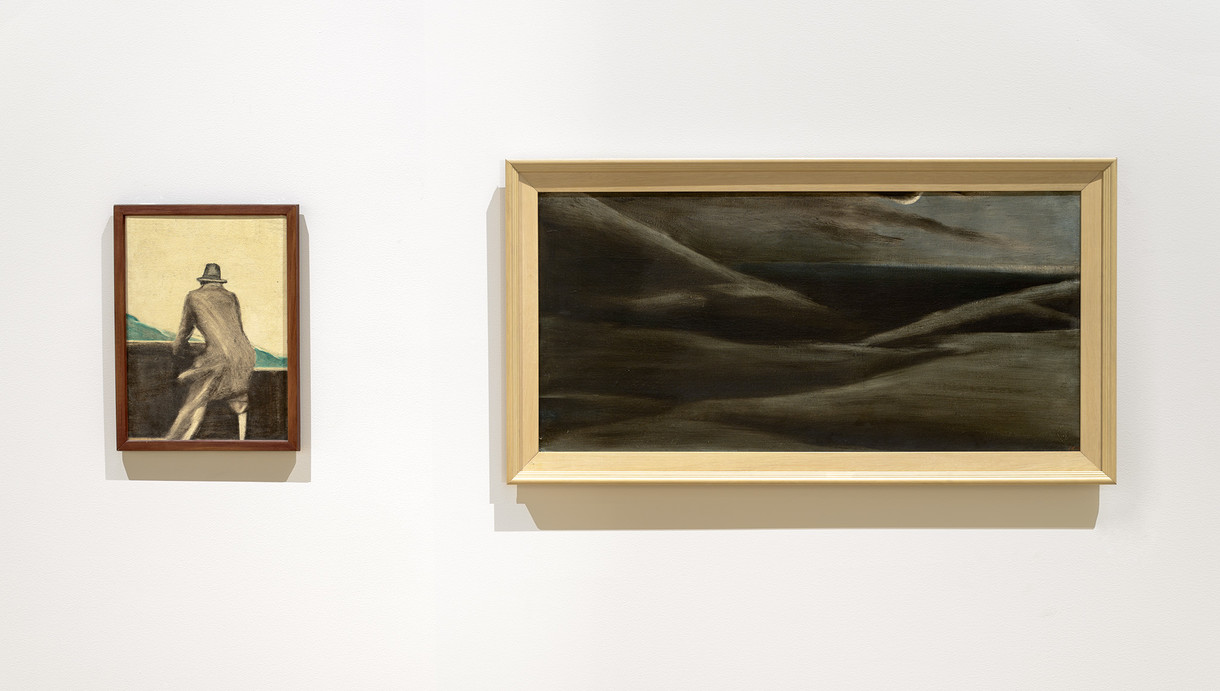

![Nouvelle-Zélande - coffre en bois sculpté [Plate 59]](/media/cache/36/18/3618ef804800f748d0babc62b6617c08.jpg)
